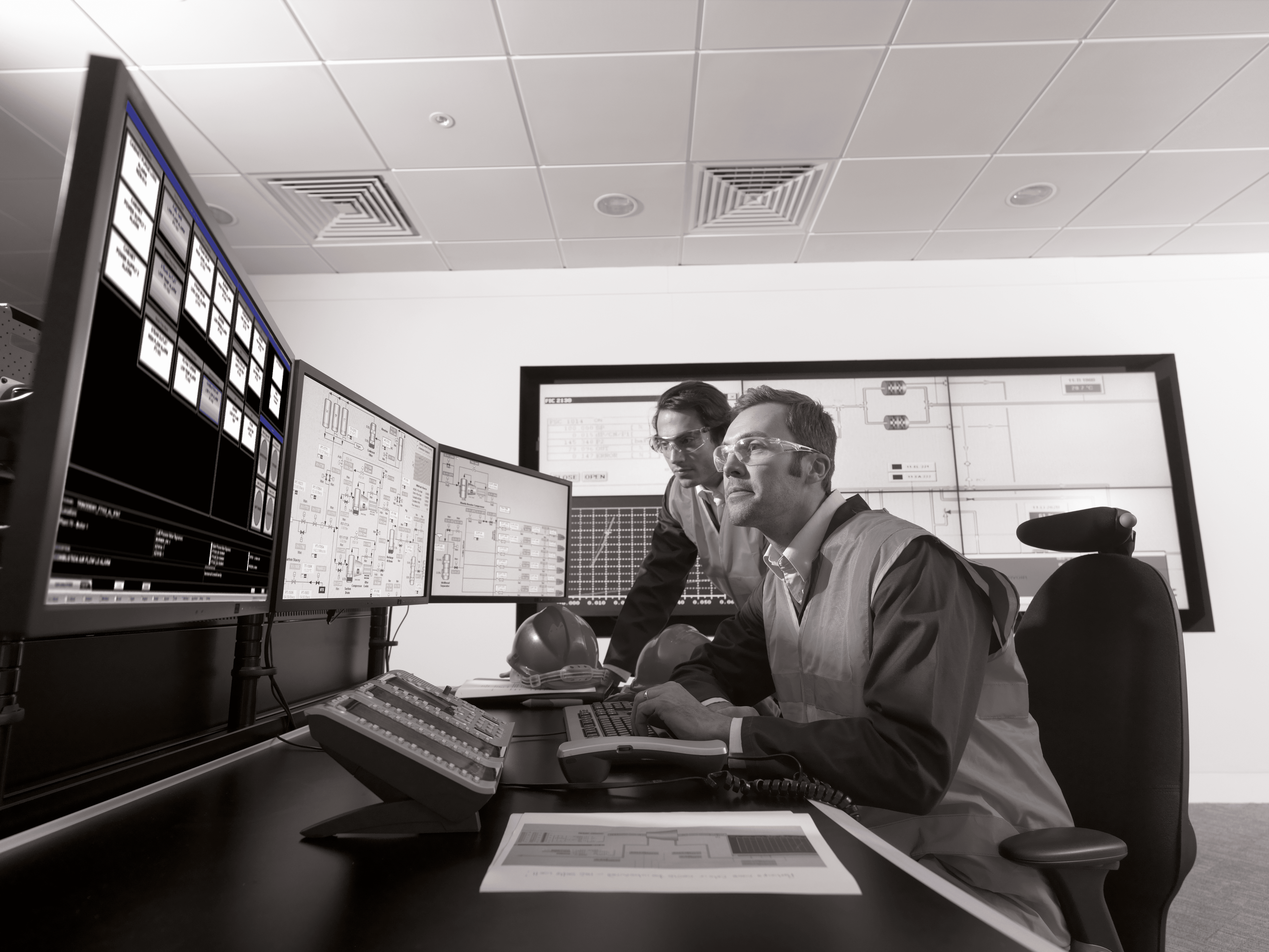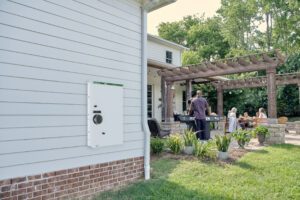 We live in an age of innovation. The digitalization of old technology is replacing the way of doing things and replacing them with new, more modern ways that make us more productive. This applies both in our personal and professional lives.
We live in an age of innovation. The digitalization of old technology is replacing the way of doing things and replacing them with new, more modern ways that make us more productive. This applies both in our personal and professional lives.
I began my career in the process safety business in 1998. Back then, when I was visiting a new customer, I had to use an Atlas to map out the directions to the customer’s site.
This required time to plan out the trip in advance. Once I got in the car and was on my way, I’d often have the atlas open in the seat next to me for reference. Sometimes I’d have to pull over on the shoulder to take a closer look, or even stop and ask directions if I was lost. And when I was looking at the atlas, there was one thing I wasn’t looking at… the road.

Fast forward to today. Now when I visit a customer, I just tell my phone where I want to go, it connects to my car, and it gives me turn by turn instructions. So new technology has made me more efficient, but the benefits don’t stop there. I no longer must divert my eyes from the road, so it has also made me safer.
But what about once I arrive at the site? Are the same innovations making us more productive and safer inside the plant? Sadly, the answer is no. Most safety actions today are implemented using methods that date back to the 70s and 80s. It’s as though we’re in a time capsule when we enter the plant.
Outdated methods for managing bypass and critical alarms
Let’s take look at a couple of jobs that everyone who manages process safety applications must do, bypassing and critical alarms.
One common way to do bypassing is with hardwired switch panels. This is a costly way to go. A cabinet must be bought, switches wired, nameplates engraved, it must be tested, shipped to site, installed, and tested again. Can you picture the costs adding up?
An even worse way to bypass is using safety system configuration software to manually disable tags. The safety standards strictly forbid the use of configuration tools to do maintenance and operations actions, but even if they did not this is still a highly error prone process.
Back to my days as a young engineer, I recall working with a customer who tripped his plant three times in one day due to disabling the wrong tag while trying to implement a bypass. You think the profitability of that plant took a hit that day?
What about critical alarms? Many people use hardwired annunciator panels or light boxes. Remember the comment on 70s technology?
Lastly, let’s look at the distributed control system (DCS). The DCS is used for doing both bypassing and critical alarms, but is this efficient? The DCS’s job is to manage the operations of the plant and should be kept separate from safety applications. Alarms that are critical can get lost in the myriad of events in an alarm flood. Common industry communication protocols are well known to cyber hackers and are prone to man in the middle attacks. Using the DCS also require a high degree of custom configuration to implement which may not be sustainable with today’s highly transitional workforce.
Watch our session from the 2022 User Group, How operators can effectively manage bypass and critical alarms during elevated risk conditions?
A cybersecure software solution for optimal process safety
All the tools I’ve mentioned can and are used today. But you know, if I try hard, I can drive a nail with a screwdriver. I’ll probably bend a lot of nails and ruin the screwdriver, and it won’t really be that safe as I’ll probably miss the nail often and hit my thumb. There is a tool which is fit for the purpose of driving nails, it’s called a hammer.
Schneider Electric has a tool which is specifically fit for the purpose of managing safety bypasses and critical alarms, it’s called Safety View, the only such tool in the world which is certified for both cybersecurity and safety in up to SIL 3 safety applications.
Why is this certification important? No one questions any longer the need to have a safety instrumented system (SIS) controller certified, but if a software application can have a direct effect on your safety functions, wouldn’t you want the same level of rigor?
Using a digital application like Safety View is going to eliminate the costs associated with hardwired and custom methods. The standard library allows the implementation to be done in a repeatable efficient manner. Critical alarms will not get lost in alarm floods. Bypasses will be implemented in a structured way, the right tag will be bypassed, and you will have an audit trail to show when and by whom. And more importantly, it eliminates the possibility that a safety function will be inadvertently left in bypass and unknowingly leaving your plant in vulnerable state.
Explore how Safety View can enable safer plant operations
The job to be done hasn’t changed, we’ve just introduced a better way to do it. And in an industry where resources are strained, who wouldn’t want to be more efficient? And just like the use of my phone versus the atlas for directions made me both more efficient and safer, Safety View will make plant operations safer by maximizing the situational awareness of your safety applications.
Safety View is going to lower your costs, make you safer, and ultimately more profitable.
To learn more on how can you update your existing bypass and critical alarm management, watch our session in the Innovation Talks 2021 User Group on Safety View, or explore our website.



